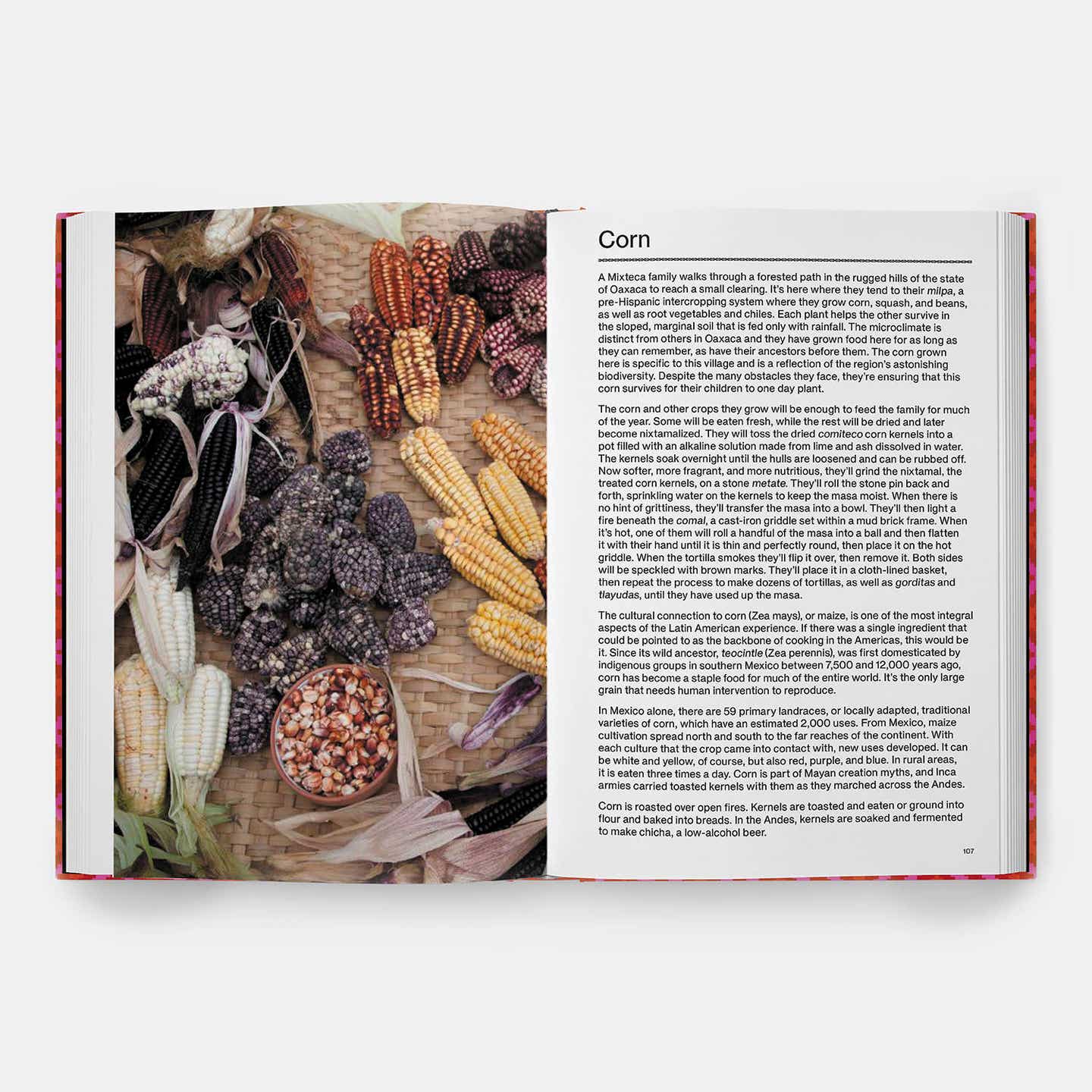
10 Peruvian Pantry Staples That Elevate Everyday Meals
Chef Virgilio Martínez on ají paste, amaranth, and more.
Ceviche, lomo saltado, causa limeña—Peruvian food is famous for its bold flavors and melting-pot dishes that draw from African, Asian, and European cuisines. But whether you’re holed up in a fishing village on the Pacific coast or dining atop a jagged peak of the Andes, you’ll find culinary through-lines in a handful of pantry mainstays that define Peruvian cuisine: distinctive chiles, pulses, tubers, and more.
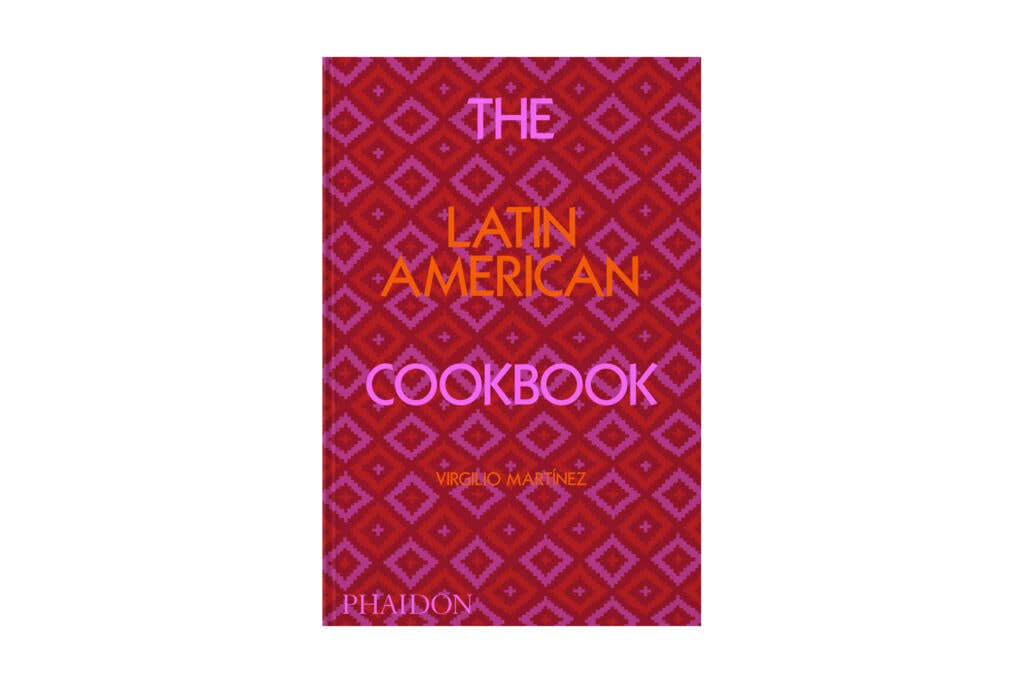
As part of our SAVEUR Cookbook Club series exploring The Latin American Cookbook (Phaidon, 2021), we asked renowned Peruvian chef and author Virgilio Martínez to spill the beans about the ingredients that are always in his larder, and how we can make the most of them in ours at home.
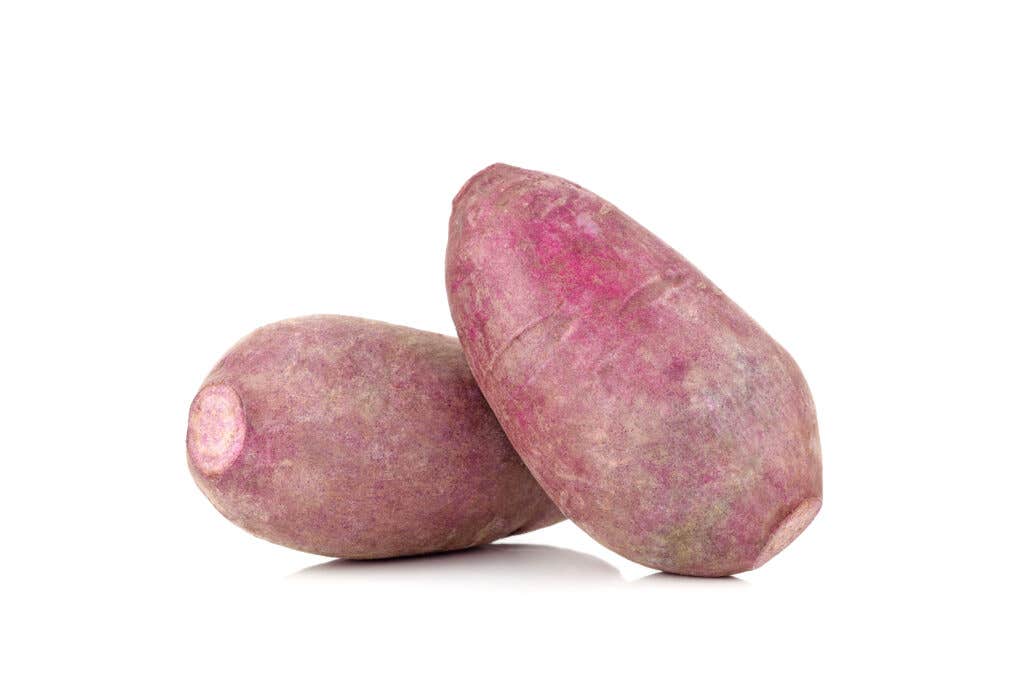
Thousands of years ago, the Incas were growing potatoes in what is now Peru, yet despite being introduced to Europe through the Columbian exchange, the tuber didn’t catch on there until well into the 16th century. Translation? Peruvians have millennia of experience ahead of most of the world when it comes to spud savvy. Martínez is adamant about looking past the standard Russets and Yukons in favor of heirloom varieties that come in a dizzying array of shapes, colors, and sizes. “Most people have never had a real potato,” he says. Great potatoes are a must in his favorite comfort-food potato dish, papas a la huancaína, in which boiled potato slabs are cloaked in a pale yellow chile sauce enriched with queso fresco and evaporated milk.
$15.79 for a 3-lb. bag of baby purple potatoes, Melissa’s
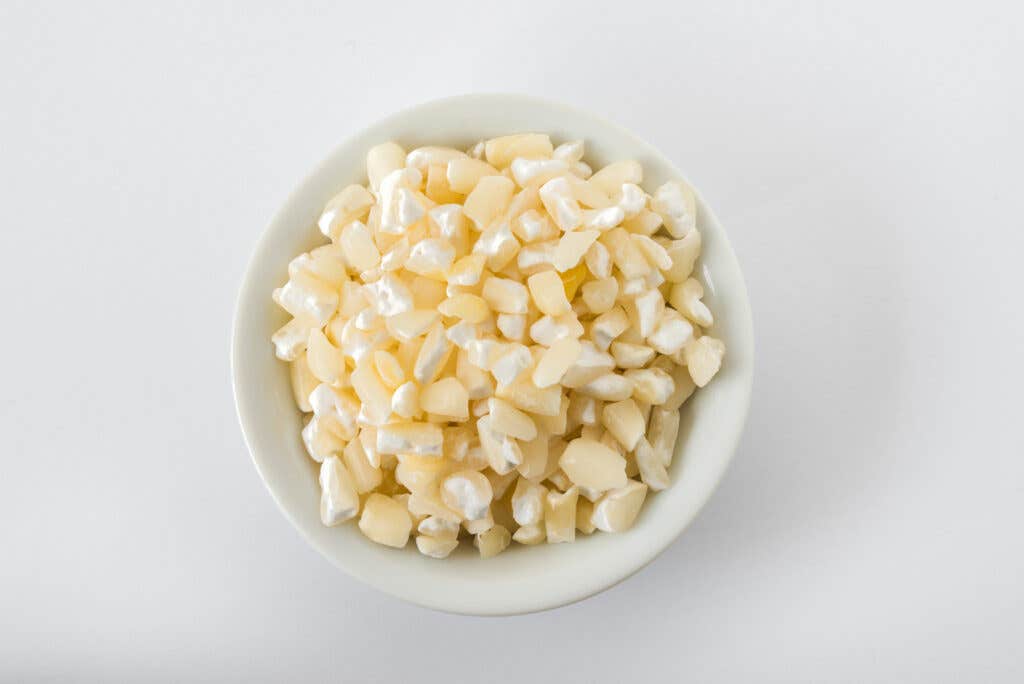
The backbone of all Latin American cuisines from the Rio Grande to the southern tip of Chile, corn is the ultimate life-sustaining crop. Its husks swaddle tamales in Mexico and beyond, while its silks are steeped to make a medicinal brew. Corn kernels rich in vitamins and antioxidants can be sliced off the cob and cooked, or dried and milled into meal as the base of countless national dishes, from tacos to pozole to pupusas. The cobs can be used as fodder for livestock, which often finds its way back into corn-based dishes.
Monoculture and industrialization did a number on corn, just as it did on potatoes, which makes tracking down heirloom varieties a worthy challenge. But for the uninitiated, a can of hominy or a bag of maíz trillado (cracked un-nixtamalized corn) are excellent gateways into a world of Latin corn recipes. The latter stars in a creamy cachaça-spiked mash in Brazil called canjiquinha, one of hundreds of mouth-watering corn recipes to choose from in Martínez’s cookbook.

In Peru, where cacao trees grow in abundance, chocolate is not just dessert. “We eat chocolate anywhere, anytime,” explains Martínez. “It’s not a special treat for Peruvians but rather an essential foodstuff.” In Latin American kitchens, chocolate is used in ways some American cooks might find surprising: In Nicaragua, for instance, cacao seeds are pulverized with dried corn kernels and blended into a sweet drink called pinolillo, likely a descendant of the astringent chocolate beverage the Aztecs called xocolatl (literally, “bitter water”). In Peru, a potato stew called carapulcra is finished with grated unsweetened chocolate, while in Mexico, chocolate is an essential ingredient in many traditional moles.
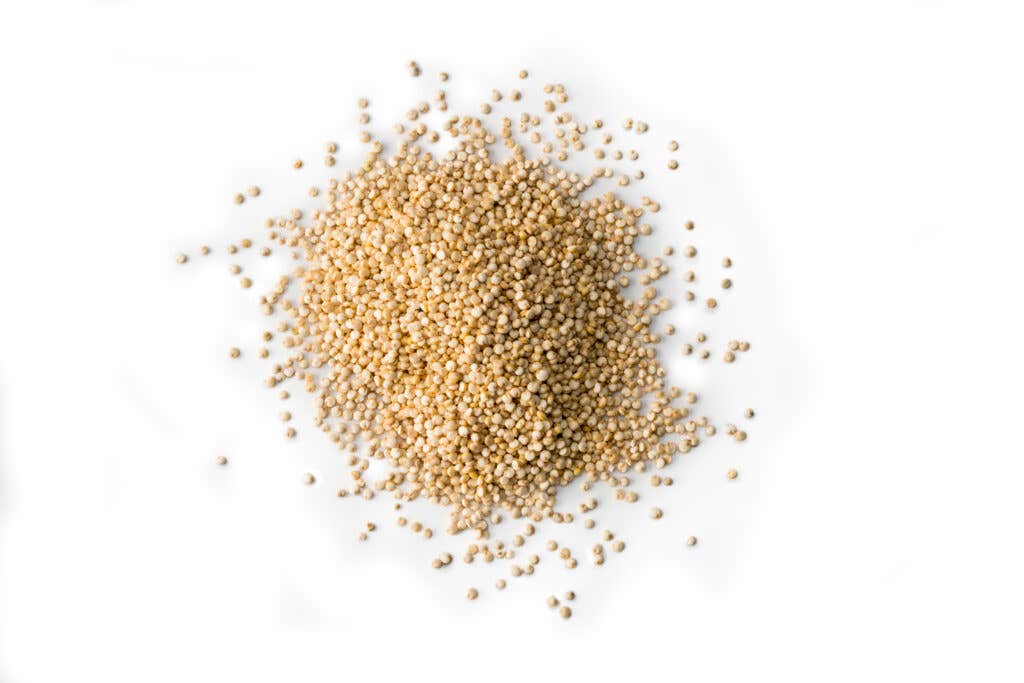
The Incas called quinoa the “mother grain,” and farmers have been planting quinoa seeds in the mountain valleys of the Andes for millennia—long enough to develop more than 3,000 varieties of which scant few are commercialized. Containing more protein than any other grain—and all eight amino acids needed to be considered a “complete” protein—it has only recently caught on outside Latin America. Many American cooks are familiar with quinoa’s reddish and sandy-colored varieties, but Martínez says those are the tip of the iceberg: There are also orange, purple, and black quinoas, each with its own texture and flavor.
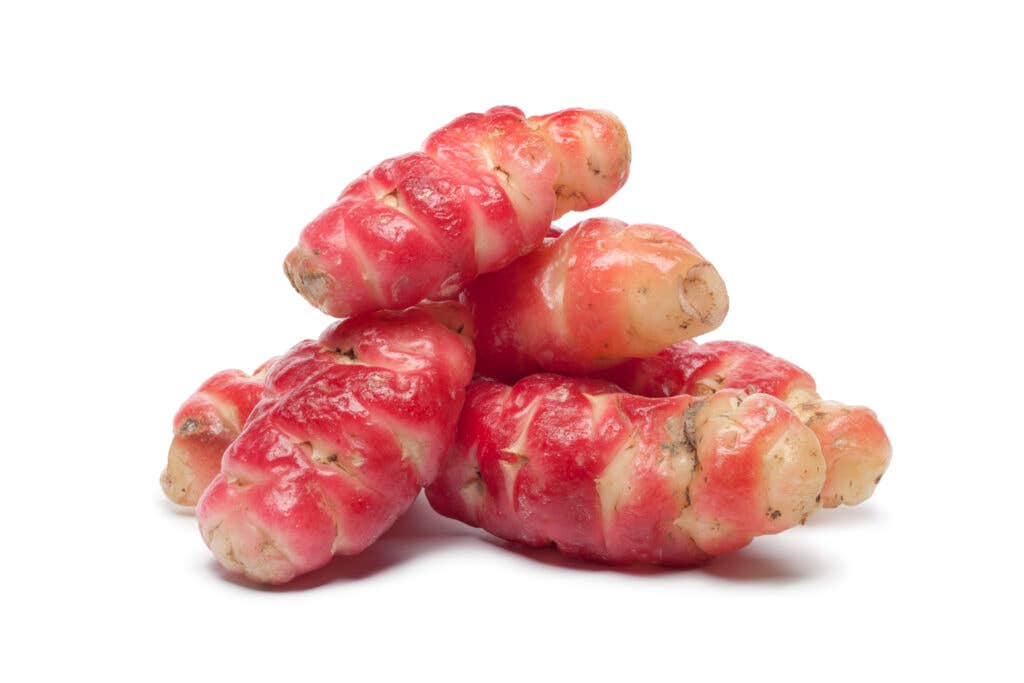
Oxalis tuberosa is the scientific name for this hardy high-mountain tuber that often has a bright fuschia exterior. A dietary staple in ancient Mayan and Incan societies second only to potatoes, ocas are small and knobby with a starchy interior. They can be tart, sweet, or neutral depending on the variety and how they’re prepared. Curiously, because they thrive in mountainous soils, ocas are popular in New Zealand, where they’re called New Zealand yams. Ocas turn nutty and mild when simmered slowly in chupes (stews), in which they’re frequent bedfellows with other Andean tubers like ollucos (Ullucus tuberosus).
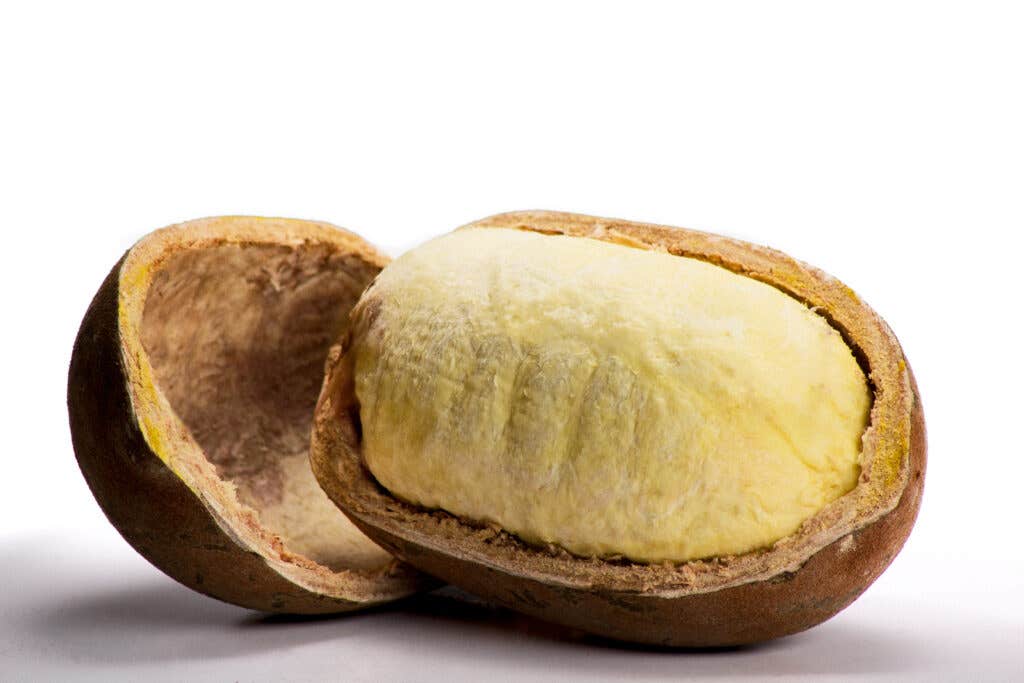
The Amazon rainforest is the most biodiverse area on earth, with one in every 10 known species of plants and animals found there. Yet surprisingly few Amazonian fruits, vegetables, and herbs are known outside the region. Martínez waxes poetic about the ambrosial properties of passionfruit and açaí as well as lesser-known fruits such as cupuaçu (Theobroma grandiflorum), whose flavor somewhere between pineapple and chocolate makes it a popular base for ice cream and smoothies. You won’t find fresh cupuaçu in the produce aisle, but the frozen pulp is the next best thing.
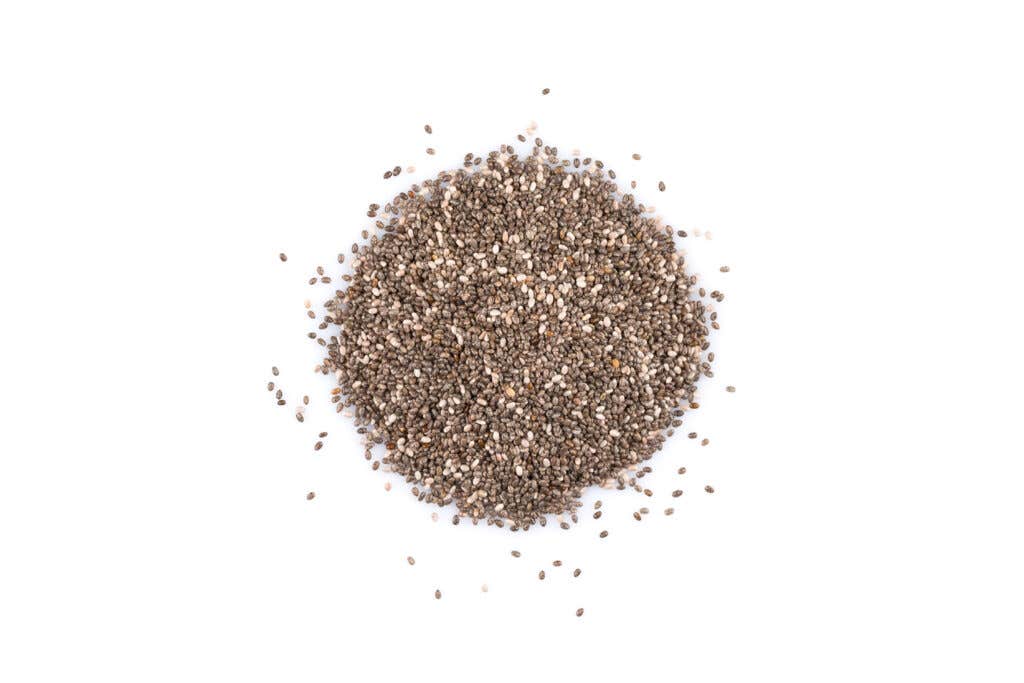
Chia’s sudden trendiness belies the fact that the seed was prized as far back as ancient Aztec and Mayan civilizations. That’s no surprise, considering that it contains a surfeit of healthy Omega-3 fatty acids in addition to protein, calcium, zinc, and fiber—what many aptly call a “superfood” today. A relative of mint, chia seeds are nutty and crunchy when toasted and become viscous like tapioca when blended with liquids. “This tiny seed’s power to turn liquids thick and mucilaginous is amazing,” says Martínez.
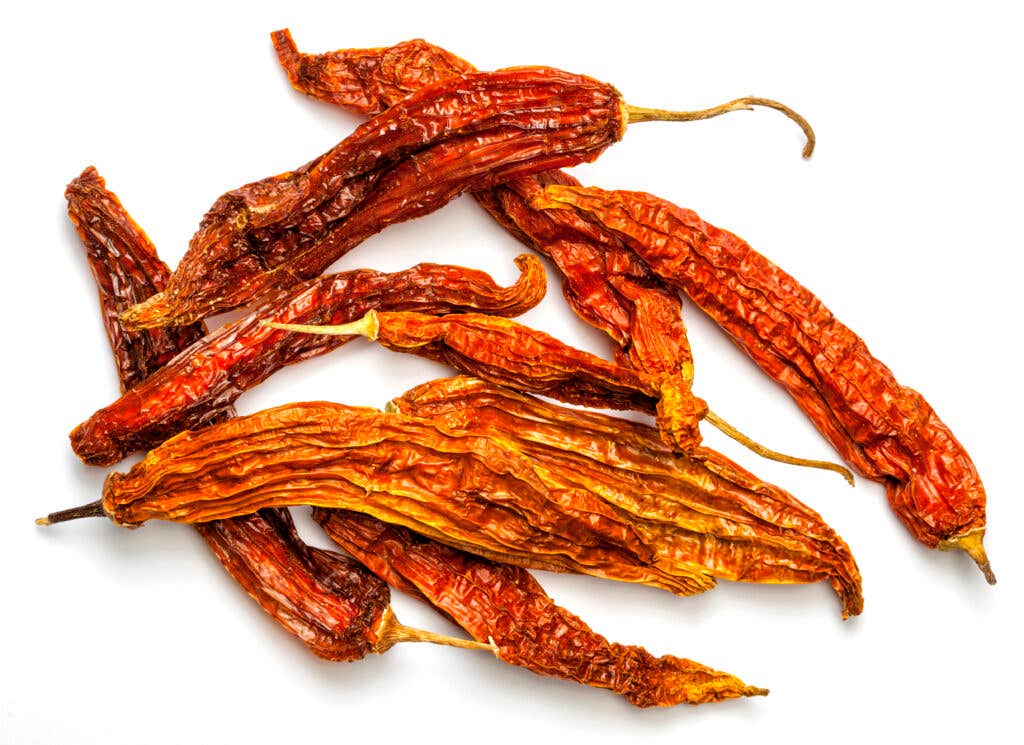
Ají (“chile” in many Spanish dialects) is an essential ingredient in Peruvian stews, sauces, and ceviches. Ají amarillo (yellow ají) is perhaps the country’s most emblematic single ingredient, lending sweet piquancy and a vivid sunny hue to a wide variety of dishes. “Chuck a spoonful of ají into ceviche, and you’ve got leche de tigre,” shares Martínez, adding that it’s equally delicious stirred into rice or stewed potatoes. Ají rocotó, which is deep red with an earthier flavor than its yellow counterpart, has similar applications; both are easy to track down in jarred paste form (look for ones made in Peru), though Martínez swears by frozen whole ají, which are preservative-free.
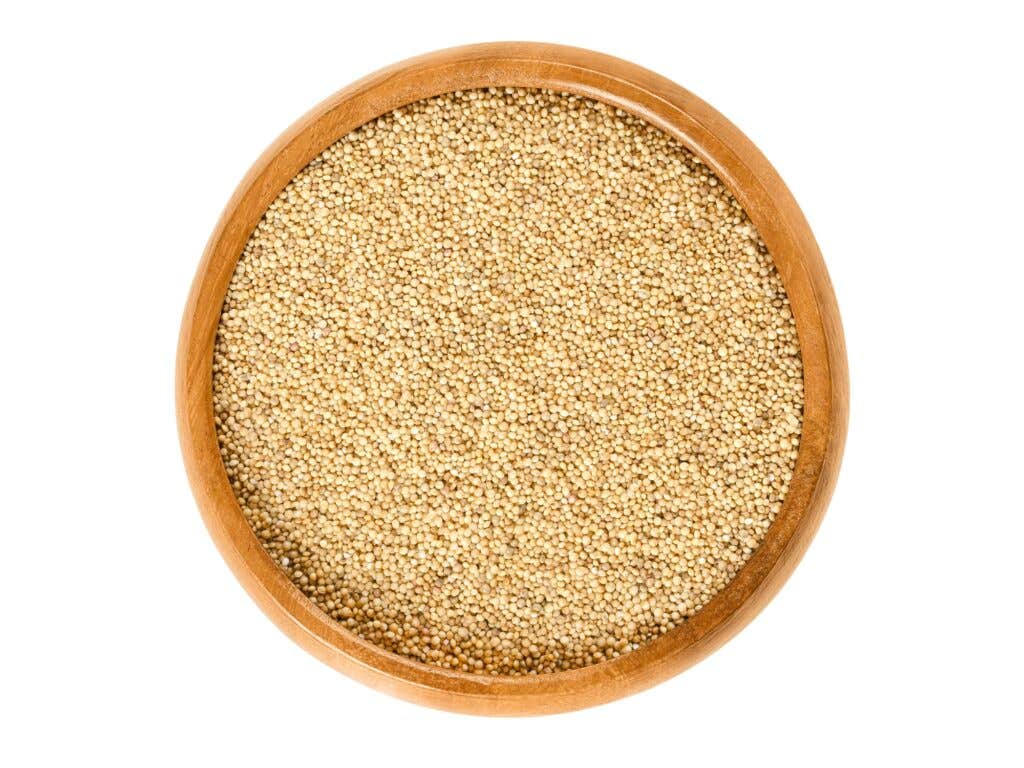
Long dismissed as nothing more than a pesky weed in the United States, amaranth is finally getting its due. The plant’s leaves, sweet and high in protein, are delicious in salads, though amaranth seeds are more widely eaten in Latin America, ground into flour for tortillas, boiled whole to make porridge and thick drinks, or toasted and added to breakfast cereals for crunch. In The Latin American Cookbook, Martínez writes that prior to colonization, amaranth was as widespread in the region as corn. “Wherever you use rice or couscous, you can use amaranth,” he says. “It’s especially tasty when cooked like risotto.”
Keep Reading
Continue to Next Story










